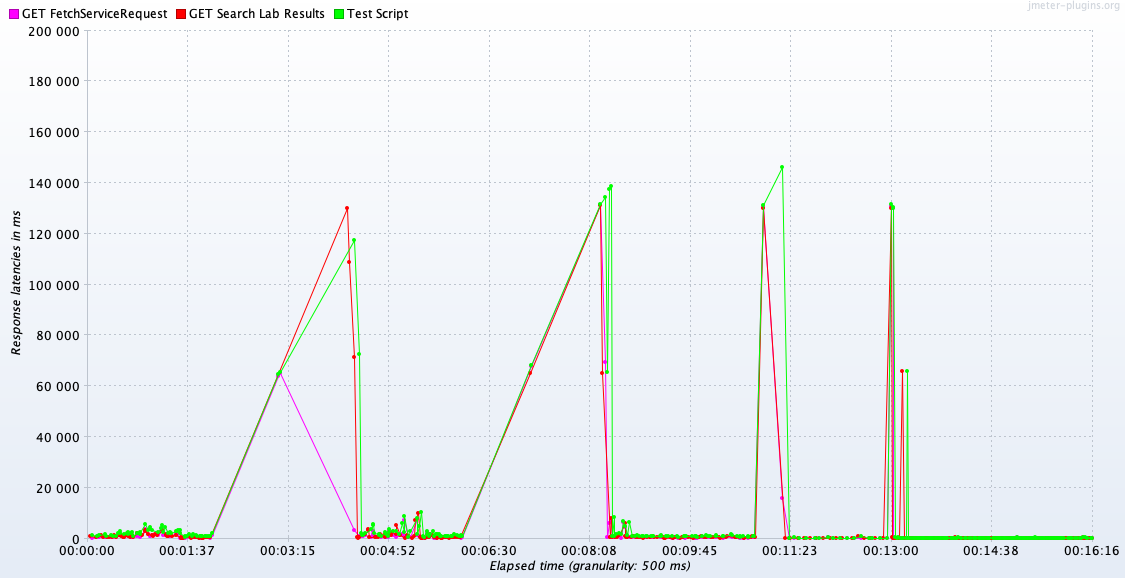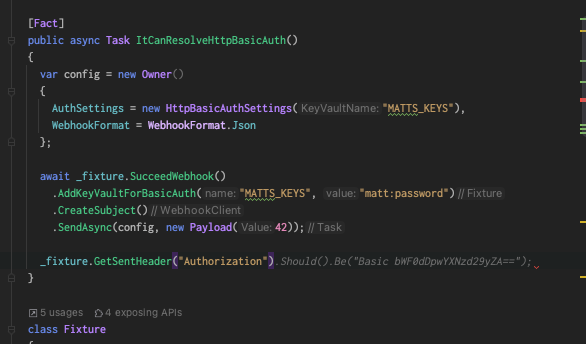Adventures in Mastodon Self-Hosting: The Story So Far
A couple months ago a bunch of my most active twitter followers were migrating to the federated open-source social media platform Mastodon. Instead of a single centralized service, its a wide collection of independent instances that are able to “federate” together. Some have compared it to email: You can pick any host (instance) you want, and mostly still communicate with anyone on different hosts. Theres nothing stopping gmail users from sending things to hotmail users, for example.
I found this very interesting and naturally wanted to run my own instance to check it out: thus was born social.mattburkedev.com.

